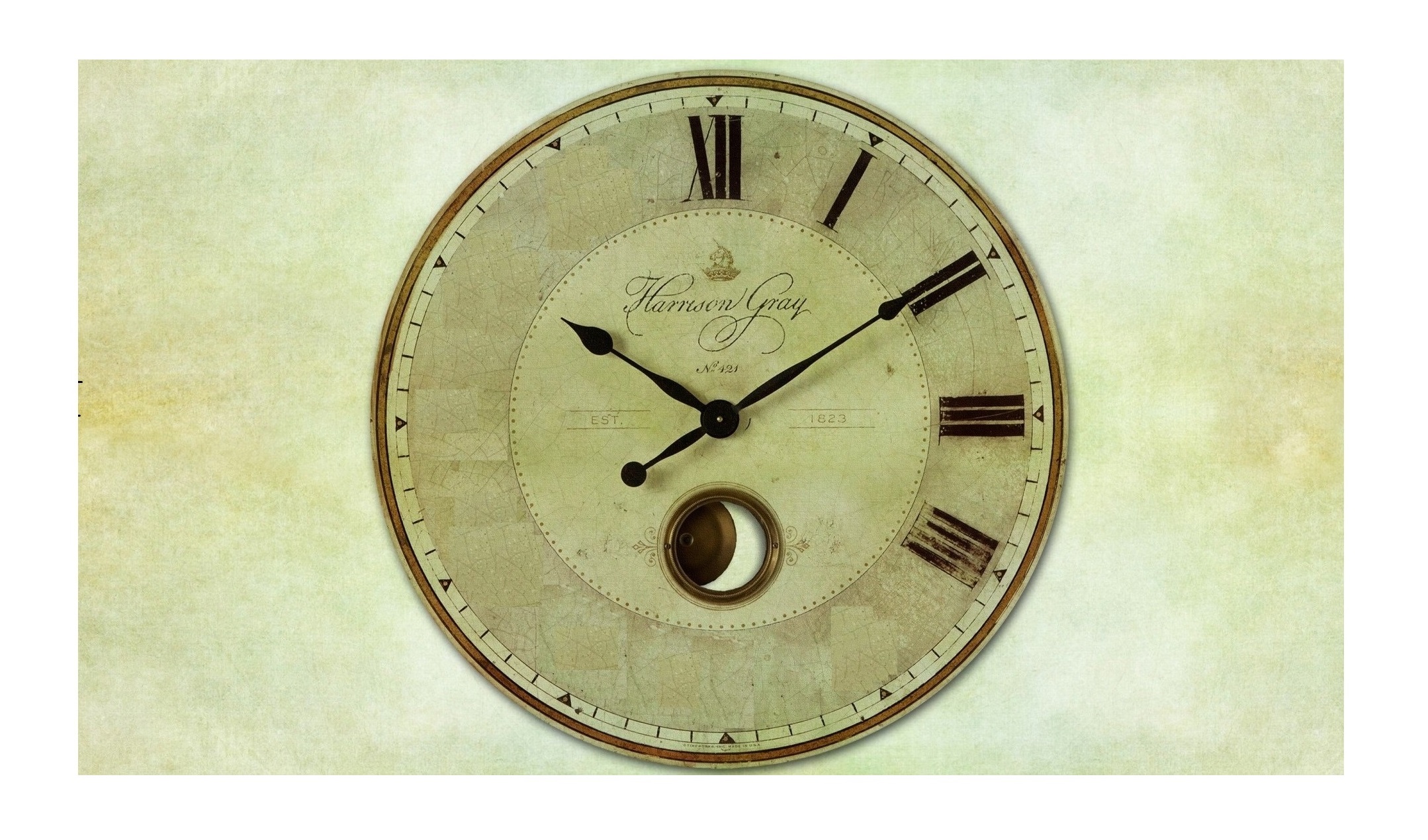
The Eccentric Club of London has had four incarnations, a few financial difficulties, a home in the heart of ‘clubland’ for 70 years, and a consistent ability to put together a decent contract bridge team. So, where’s the eccentricity?
Getting into the spirit of things, I’ve adopted a left-field approach in this post: I stroll whimsically through the club’s history, searching in a round-about sort of way for evidence that might justify its name. Based on what I’ve discovered, but without even a hint of rigorous scientific methodology, I award each incarnation an eccentricity rating.
The first club began with the Society of Eccentrics, founded c.1780. It was an offshoot of a group called the Brilliants – no shortage of egos there, methinks – and was a convivial club that met at a tavern run by a Mr. Fulham in Chandos Place in carefree Covent Garden. Later renamed the Eccentric Society Club, it relocated to Tom Ree’s tavern in nearby May’s Buildings, St Martin’s Lane.
John Timbs, writing in 1866, states that the club flourished at all hours, with authorities turning a blind eye. This is no surprise given so many members held important positions in society: The playwright, politician and owner of the Drury Lane Theatre Royal Richard Brinsley Sheridan (1751-1816) and Prime Minister Lord Melbourne (1779-1848) are good examples. However, Timbs also suggests an improbably large membership of 40,000, so I’m beginning to doubt his reliability as a source. The current club claims that the original Eccentrics swore not to hold debates on politics and religion but instead to celebrate good fellowship and ‘true sociality … virtues which are getting rare and eccentric’. Their source for this information is unclear but if correct, the initial reference to the ‘E’ word was a touch tongue-in-cheek.
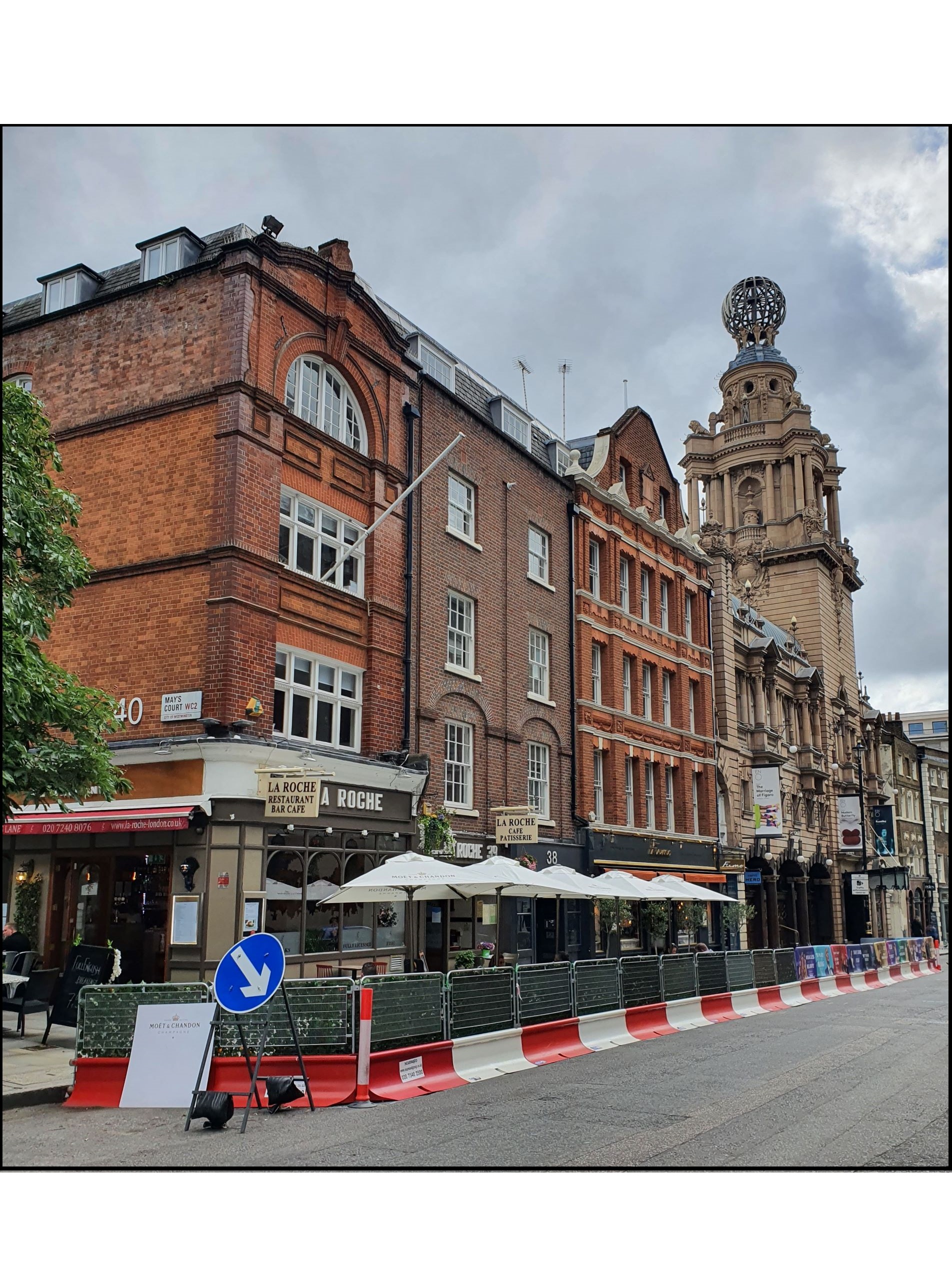
← What remains of May’s Buildings on St Martin’s Lane, running down to the 1904 London Coliseum. The second building in the row is labelled as a public house on 1889 maps so may have been Tom Ree’s tavern earlier in the century.
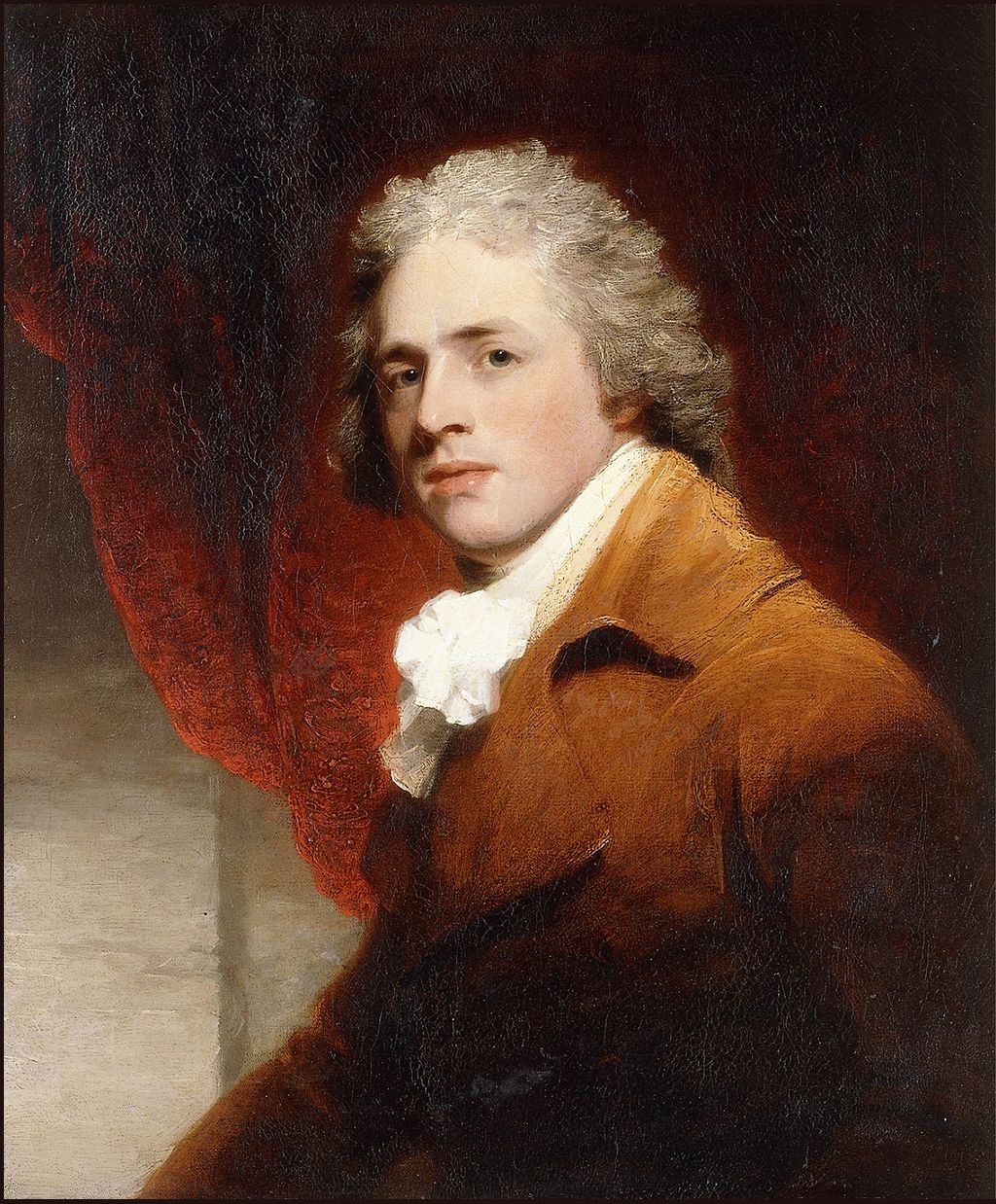
→ Richard Brinsley Sheridan, Eccentric Society Club member and all-round ‘clever dick’
This first incarnation was dissolved after 65 years, in 1846. The club’s papers were passed to member Robert Lloyd (1778-1865) of 71 The Strand, a hatter by trade, but also a published author of treatises on hats, a student of philosophy, and patented inventor. His 1830 tome “Dissertatio Castorum, Or Prosaic and Versified Delineations of the Style, Character, and Properties of Lloyd’s Incomparable Beaver Hats: Shewing the Manner in which They Should be Worn, the Sort of Face and Person Best Suited to Each Particular Shape, and the Many Rare Virtues” is, no doubt, a riveting read. Yet in claiming that Lloyd was ‘eccentric in his business’, Timbs might have been influenced by the recently published Alice’s Adventures in Wonderland: All hatters are eccentric if you take Lewis Carroll’s work as gospel.
Incidentally, I’m indebted to that theatrical treasure trove, the ArthurLloyd website, for some of this information. Arthur Lloyd (1839-1904) was a music hall star and composer who also happened to be the grandson of the hatter.
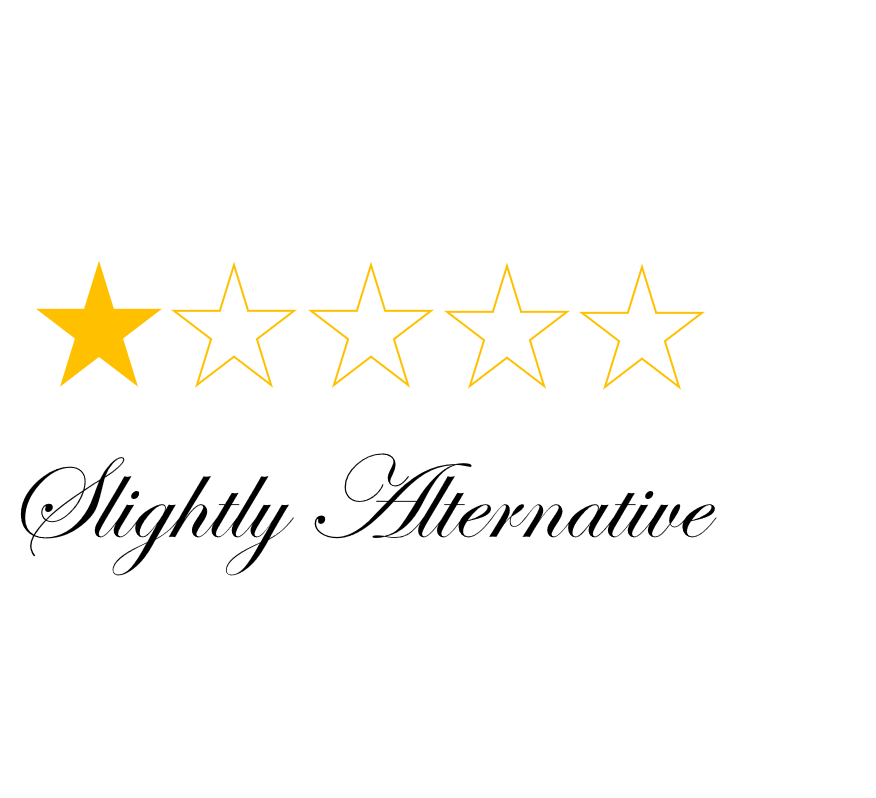
Conclusion (1st club): Lloyd was clearly an original, but this evidence isn’t statistically significant given the founding ethos and such a large membership.
A second incarnation was supposedly founded in 1858 and disbanded in 1881, but almost no additional information is available. Wikipedia suggests it was located in the Leicester Square area, but doesn’t reference any source material. The current club website implies a continuous, if sometimes moribund, existence from 1780 to the 1986 dissolution – see below – but again offers no evidence. A rather fanciful 1880 ‘club history’ by the anonymous ‘XY. Z’ perversely provides very little club history despite mentioning the 1780 foundation date. Indeed, the book – which paints a very eccentric picture indeed – is probably complete fiction, but at least represents a refreshing approach to writing a history.
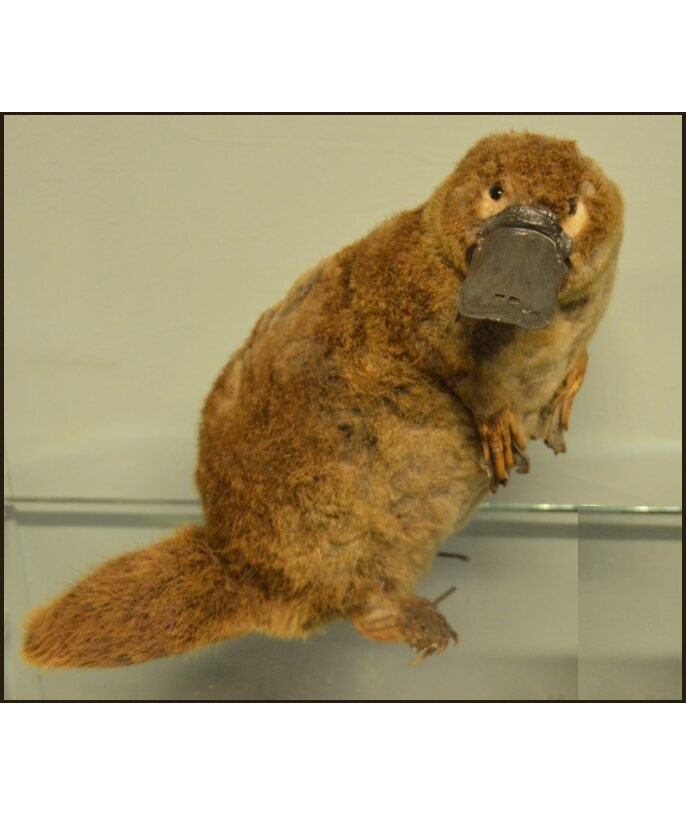
→ There are no illustrations relevant to the second incarnation available, so here’s one of a stuffed duck-billed platypus.
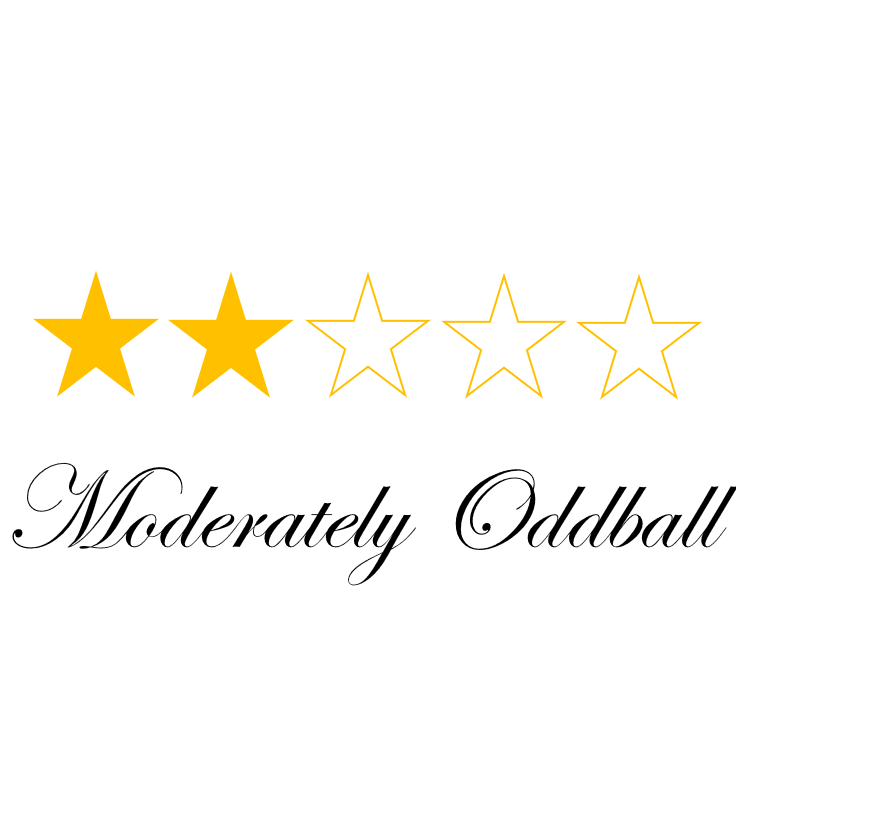
Conclusion (2nd club): One eccentric author does not an eccentric club make, and I’m struggling to come to a conclusion with such a dearth of evidence.
It was re-established in 1890 in the former Pelican Club at 21 Denman Street by Jack Harrison, a theatrical costumier. Word on the street is that it only acquired the name of the previous clubs because Sir Charles Wyndham (1837-1919), actor-manager, got frustrated at the committee’s inability to choose a club title, called them a load of eccentrics, and it stuck. This does not bode well for my eccentricity quest.
This incarnation, by far the most famous and well-documented, moved a few yards in 1893 to occupy part of 21 Shaftesbury Avenue. Did gambling members’ liking for the card game vingt-un dictate the choice of address? That really would be eccentric. Note that the Pelican Club, a rowdy drinking-and-gambling gentlemen’s club which had many members in common with the Eccentric, had moved to plush new premises in nearby Gerrard Street and bankrupted itself within 3 years.
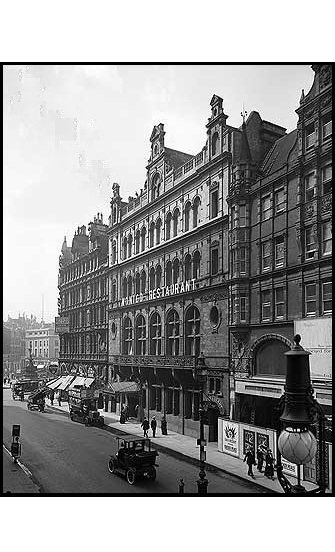
→ In this 1915 photograph, 21 Shaftesbury Avenue is to the right of the Café Monico, which stretched all the way to Piccadilly Circus in the background. Denman Street lay behind this block. Both club premises abutted the vast Monico and both have long since been demolished. As I write, the entire block is a building site once more.
A reinvention of the Monico, which closed in the 1960s, has recently opened further up Shaftesbury Avenue, between the Gielgud and Sondheim theatres.
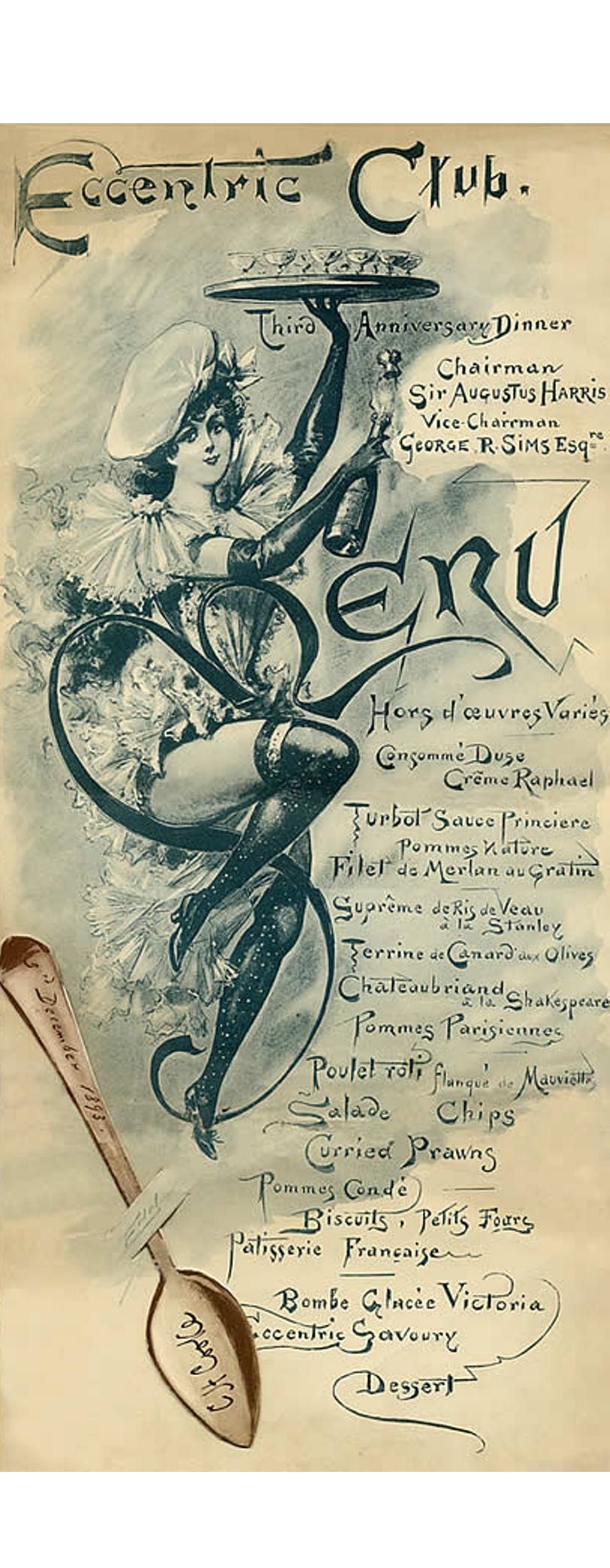
← A menu for the 3rd anniversary dinner in 1893, shortly after the move to Shaftesbury Avenue. Curried prawns after roast chicken seems a tad bizarre; a theatrical theme for the dish titles rather more predictable given the extensive thespian membership, which included at least 3 actor-knights. Calling something ‘Chateaubriand á la Shakespeare’, for example, just isn’t trying.
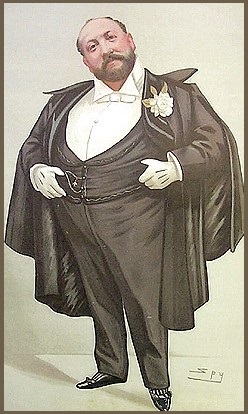
→ Sir Augustus Harris (actor, producer, dramatist, 1852-1896), chairman at the time of the anniversary dinner, is depicted here by ‘Spy’ in Vanity Fair in 1889. The effects of curried prawn / roast chicken combos are clearly visible.
Finally, the Eccentrics took over part of the former Dieudonné’s Hotel at 11 Ryder Street, St James’s, in 1914. The Dieudonné was set in a peaceful side-street in the heart of clubland. At first glance, this was a rather less eccentric choice than the previous clubhouse, just a few metres away from the crowded and noisy ‘heart of Empire’, Piccadilly Circus. But Shaftesbury Avenue was also at the centre of theatreland, probably of greater importance to the membership of the time than avoiding crowds. In truth the Eccentrics, with their theatrical roots, were never as gentlemanly as the gentlemen’s clubs of St James’s and probably felt a little uncomfortable and isolated among them.
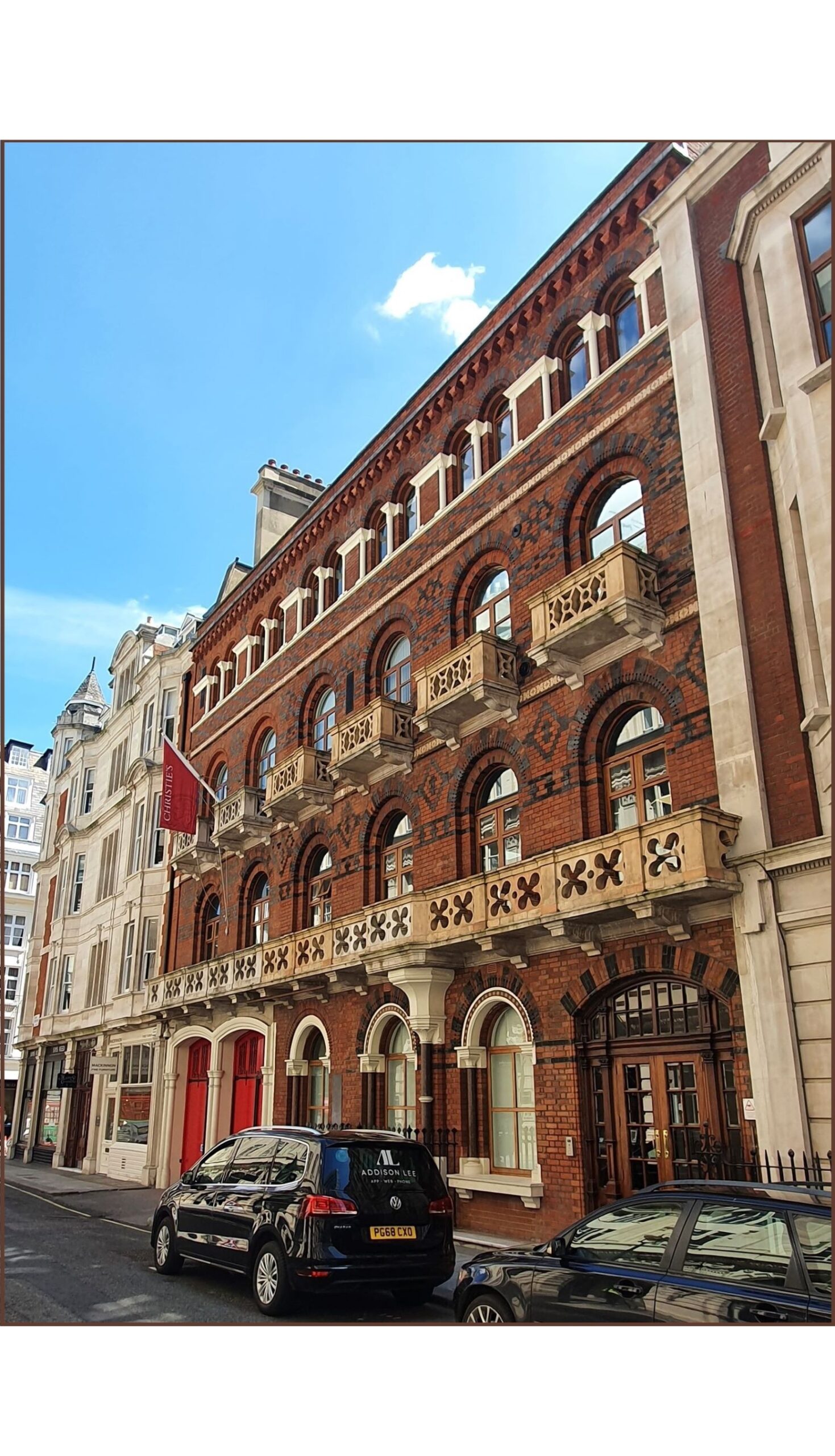
→The former Dieudonné’s Hotel, now occupied by Christie’s. As Charles Graves points out, this bohemian hotel had been a favoured rendezvous for, erm, assignations. Ladies of the town continued to call for ‘Colonel X, Major Y, Lord D and other socialites with whom they hoped to sleep’ even after the hotel’s demise. The club bedrooms, those of the former hotel, still had the connecting doors essential for such amorous intrigues.
The club entrance was the door nearest the camera.
Only weeks before its end, Dieudonné’s played host to both a vorticist and an imagist dinner, the latter with Ezra Pound. Did the club hope such eccentricity would rub off and start to justify its name?
If so, it didn’t work. In most ways, the Eccentric was a typical gentlemen’s club. It had a fine wine cellar and a well-stocked cigar humidor. Prints on the walls showed most of the female anatomy, and poker sessions ran through the night. Newspaper reports from the early 20th century show that the Eccentrics were hot stuff in the world of inter-club bridge competitions. Nevertheless, in some ways it wasn’t typical. One clock in the bar ran backwards for no obvious reason, and another only had the numbers 12, 1, 2, 3 and 4 on its face. This was held in the beak of a stuffed owl, but is easy to explain: In its early years, the theatrical membership would use the club after their last performances and before going home – between midnight and 4 am.
Also, the redoubtable Jack Harrison was only slightly stretching a point when he claimed at the 1938 anniversary dinner that the main purpose of the club was to give away money. It was particularly noted for creating and funding a number of hostels for discharged and limbless soldiers during the First World War, and for consistently and very visibly supporting the poor of the borough. This was not the behaviour of the majority of the clubs of St James’s.
The club also generated some humorous anecdotes. George Graves (1876-1949), a comic actor, was always propping up the bar, and when it was once suggested he also join the (cramped, Adelphi Terrace-based) Savage Club, he asked why he should pay 8 guineas a year to join a staircase. As it turned out, he didn’t pay the 18 guineas a year membership of the Eccentric either – it transpired that he wasn’t a member there. The owner of Vanity Fair once walked into the bar, at the age of 84, with a black eye after having ‘a row with a chap in a pub’. Members were fined the huge sum of 25 guineas if they entered the bar without divesting themselves of hats, coats and umbrellas; one fine was paid with a cheque signed ‘Paddington Station’. Joe Davis (1901-78), the famous snooker player, was a member but strangely never played snooker there – despite the club having a fine and popular billiards room, evoking the gambling ghosts of the old Pelican Club.
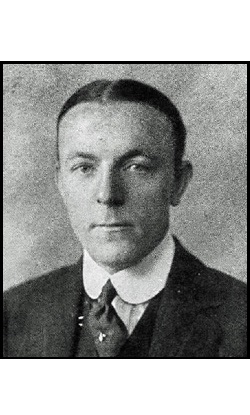
← George Graves in 1912. Not one for paying club dues, it seems.
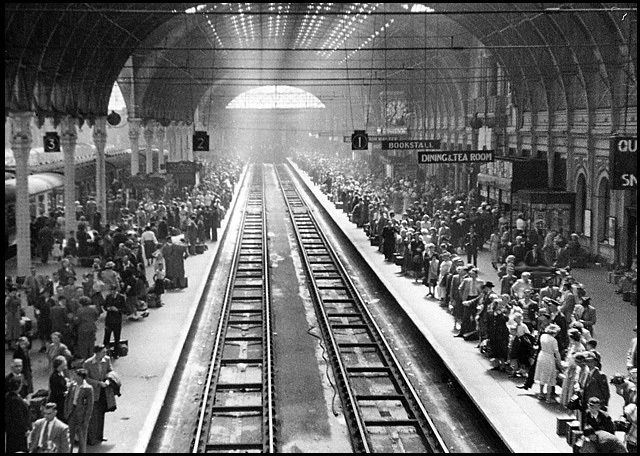
→ Paddington Station, apparently fined 25 guineas for being inappropriately attired at the club bar.
Entertaining, certainly, but for those seeking eccentricity these stories are slim pickings. And in other ways, the Eccentric seemed almost too ‘Establishment’. It was the only club outside the Square Mile with an annual dinner attended by the Lord Mayor and his Sheriffs, the club patron from 1980 was the Duke of Edinburgh, and its last chairman was Lord Montagu of Beaulieu.
As with most London Clubs, the postwar years were not kind. A 1970 influx of bridge players from gambling club Crockfords, which had lost its licence, may only have postponed the inevitable. In 1984 it closed ‘for renovation’. Marler Estates, thwarted in its attempts to redevelop Stamford Bridge, home of Chelsea FC, launched an agreed takeover bid for the Eccentric’s holding company to get its hands on the clubhouse. The takeover valued the club at £750,000. The club dissolved itself in 1986.
A press release at the club’s relaunch two decades later claimed that in 1986 it had ‘[fallen] victim to a careless gamble with property developers’, suggesting that the dissolution was not inevitable and the ethos that bankrupted the Pelican Club had put paid to the Eccentric as well. Many members – mainly snooker and theatrical types – joined the East India Club, in which the American Bar now has a backward-running clock.
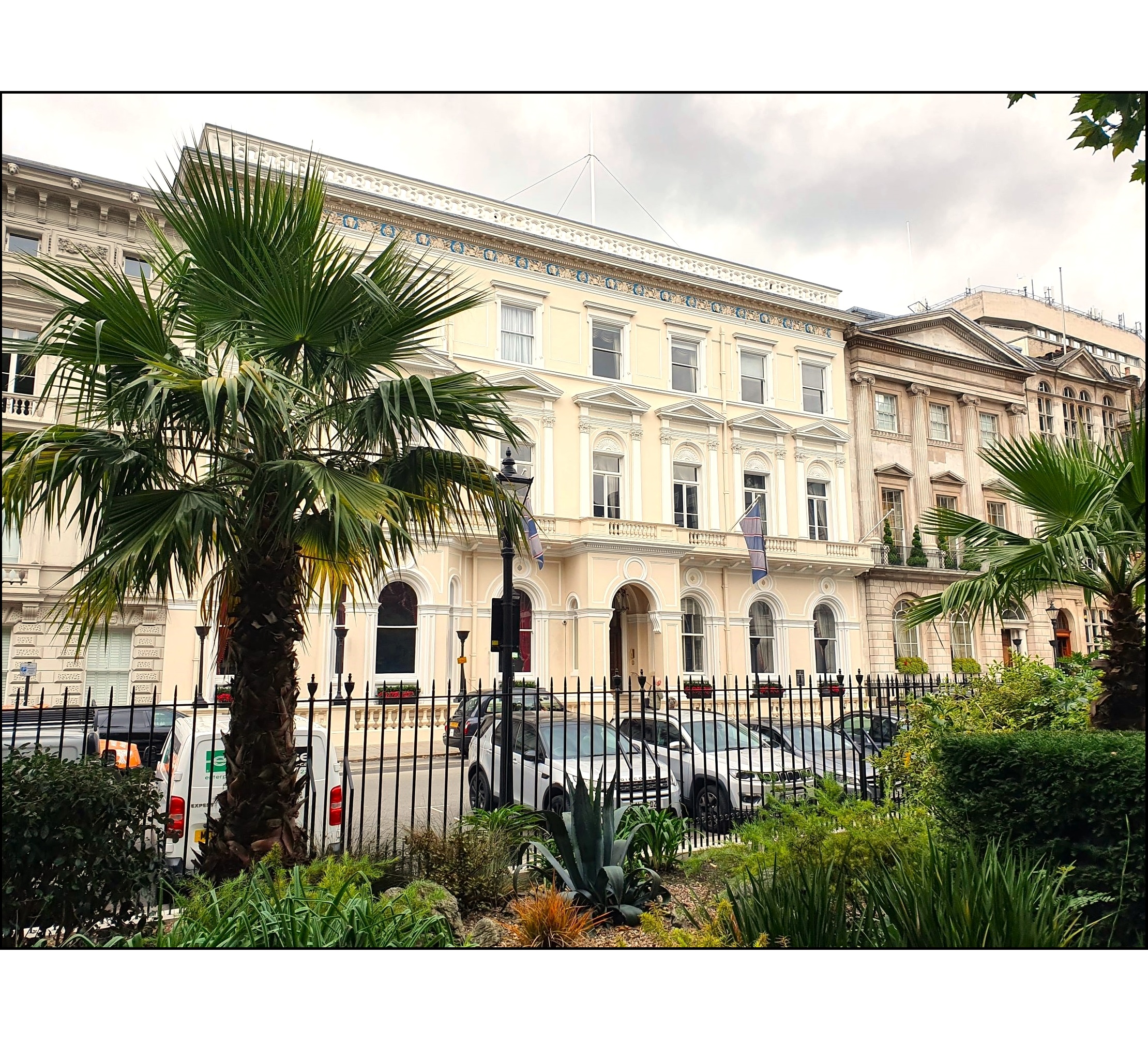
← Home from Home: A suitably exotic shot of the East India Club in St James’s Square, 2 minutes walk from the former Eccentric Club. It is officially called the East India, Devonshire, Sports & Public Schools Club after a series of mergers .
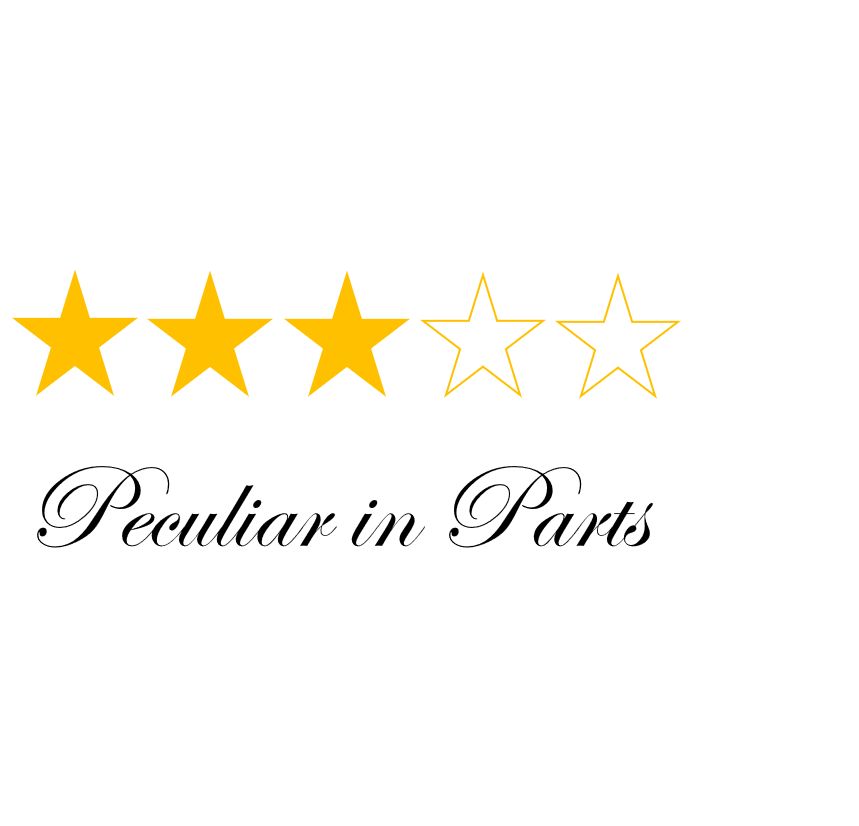
Conclusion (3rd club): A laudable club in many ways, and with a number of whimsical elements, but hardly a hotbed of eccentricity.
A fourth incarnation was established with the blessing of Lord Montagu in 2008. It obtained the patronage of the Duke of Edinburgh to further emphasise continuity, and he continues in this role despite retirement from public life. It does not have a clubhouse; instead, regular meetings are held at the Savile Club and the Oriental Club, two venerable institutions.
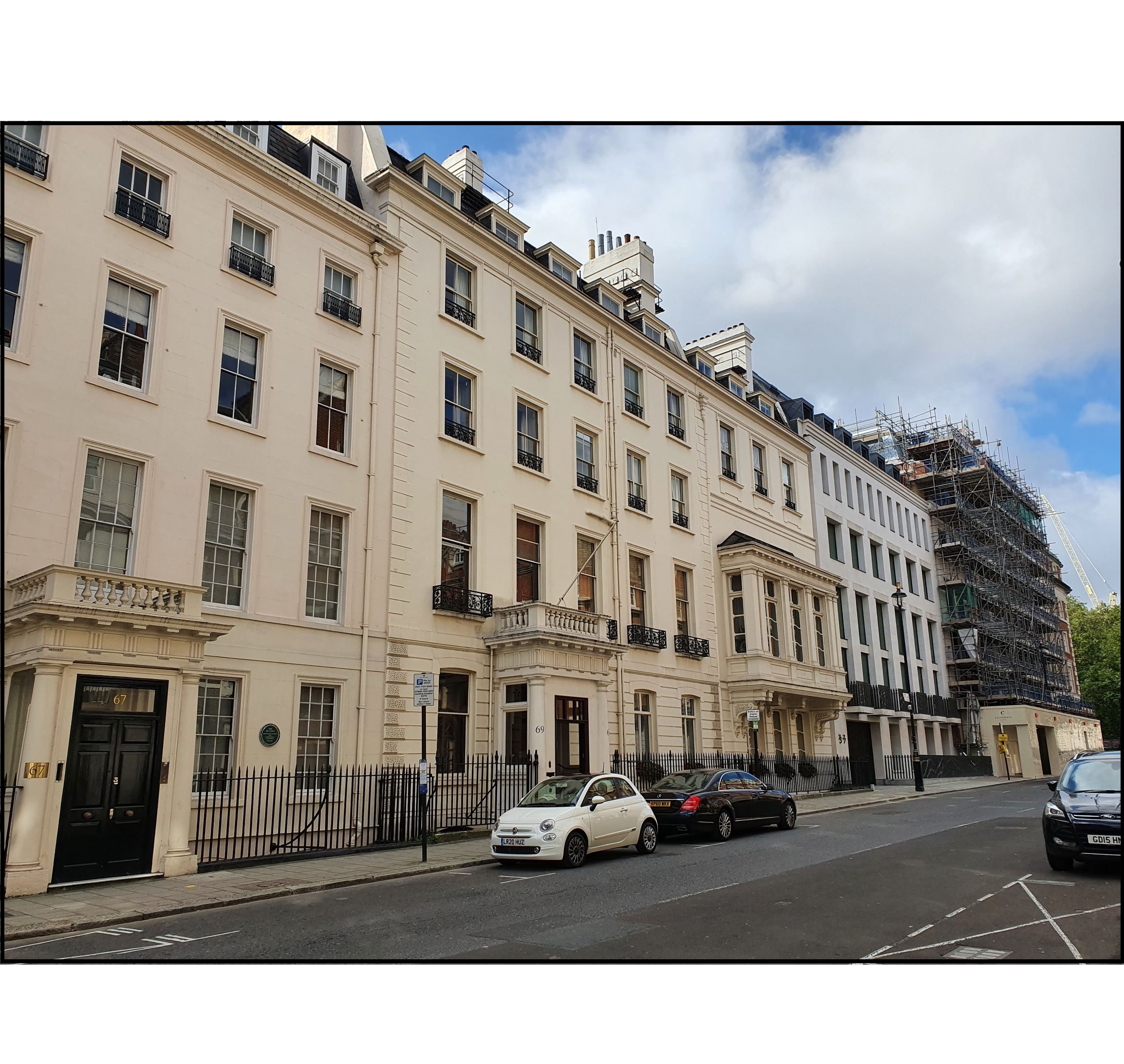
← Temporary Home: The Savile Club in Brook Street, Mayfair. Not for nothing does the area provide the most expensive real estate on the London Monopoly board.
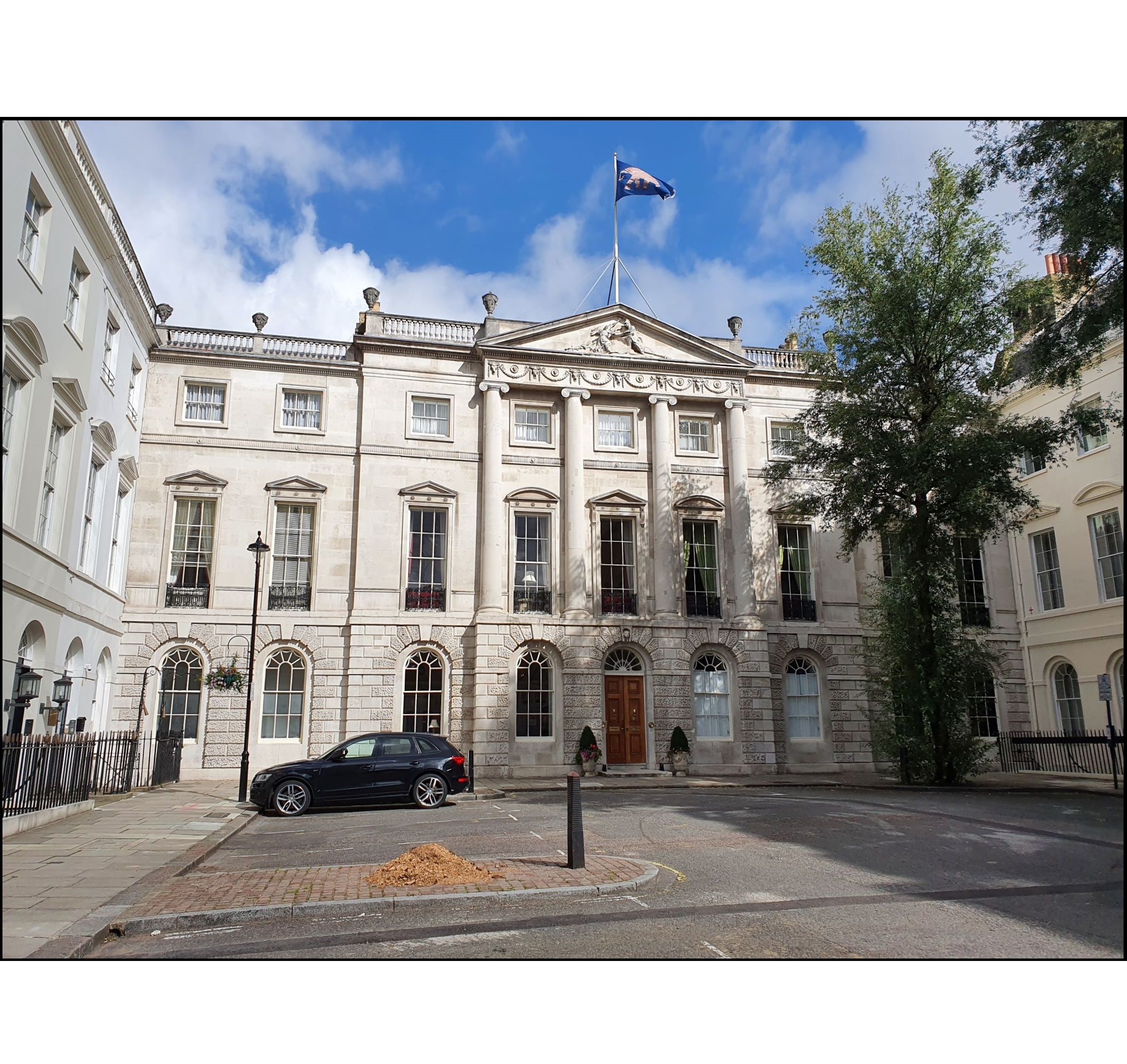
← Temporary Home: The spectacular Oriental Club in Marylebone, just north of Oxford Street and only a short walk from the Savile.
The new club crest shows the owl holding the digitally-challenged clock from the Dieudonné days, with a motto, nil nisi bonum, meaning ‘nothing but good’. Ladies are accepted as members. An early event was a recreation of the previously traditional Friday 13th Dinner, with superstition-challenging activities including opening umbrellas indoors and walking under ladders, although I feel that serving the meal backwards (i.e. pudding first), and pairing summer pudding with a Christmas turkey in March is being self-consciously unconventional. ‘XY. Z’ records a (probably fictitious) committee member of the second incarnation stating that:
“I’m afraid… that eccentricity may become fashionable. Nobody wants eccentricity a fashion – would not do. Want it natural. A man to be worthy of this Society should not know he has it himself. They say, I’m eccentric, I didn’t know it. I’m the last man myself to believe I am eccentric. Still, I am told I am.”
This is the nub of the current club’s problem. Are you truly eccentric if you deliberately set out to behave eccentrically?
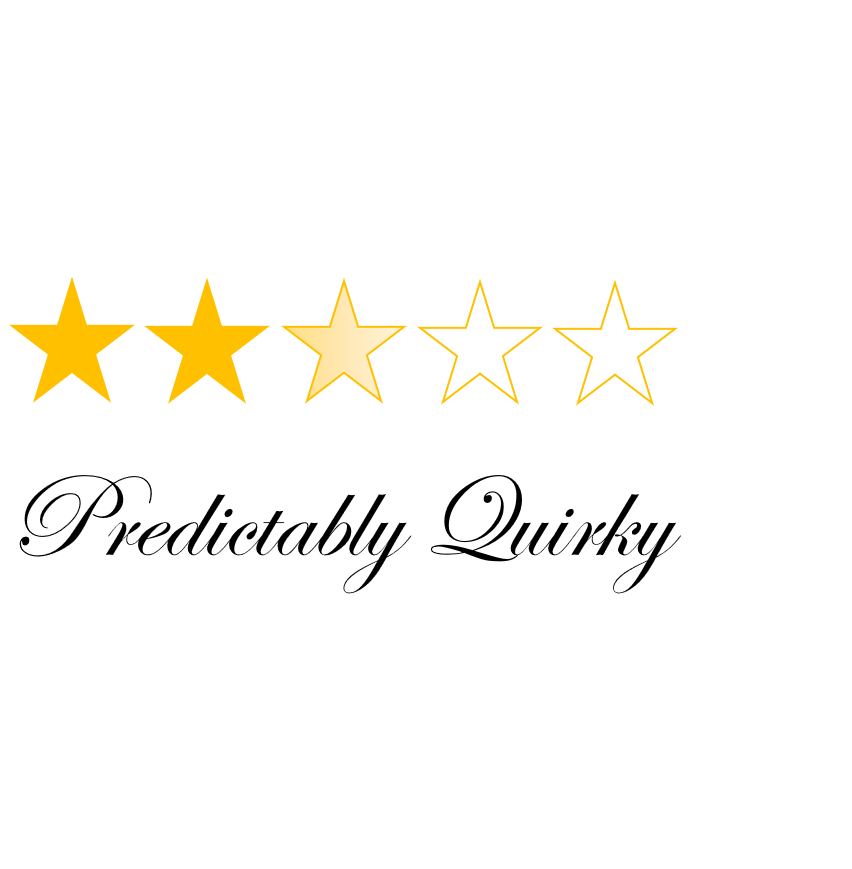
Conclusion (4th club): Trying too hard. Certainly endearing, but with a faint yet unmistakably whiff of exhibitionism.
The current club’s website claims that their committee has been undertaking a painstaking in-depth research into the Club’s history. This is much needed, and I look forward immensely to publication of the fruits of this research, although personally I’m thinking of starting an ‘Utterly Normal Club.’ This would provide a safe space for any person who thinks they’re definitely not eccentric.
It’ll be full of eccentrics in no time.
Nearest Stations:
Selected Bibliography:
Credits: